Lesson summary
In this lesson, students explore how to turn data into something meaningful and motivating. They will unpack recent Clean Up Australia Day statistics, compare different graph types, and think critically about how visual elements can powerfully convey a story. Then, they will design their own infographic combining charts, icons, colours and captions to inform, inspire, and call their school community to action.
These resources are part of the Clean Up Australia Education Resources created in collaboration with Clean Up Australia.
Learning intentions
Students will:
- choose appropriate ways to represent a dataset, considering the impact, and their audience
- compare different types of data visualisations, including graphs and infographics.
Success criteria
Students can:
- choose and create a suitable data visualisation (graph/chart/infographic) based on a given dataset and audience.
Lesson guides and printables
Curriculum links
Select your curriculum from the options below.
Lesson details
Skills
This lesson is designed to build students’ competencies in the following skills:
- critical thinking
- communication
- community engagement
- digital literacy
- ethical understanding
- initiative
- global citizenship
UN Sustainable Development Goals
UN SDG 12: Ensure sustainable consumption and production patterns
- Target 12.5: By 2030, substantially reduce waste generation through prevention, reduction, recycling and reuse.
Curriculum Mapping
Australian Curriculum (v9.0) content description:
Year 9, Mathematics
Students learn to:
- choose appropriate forms of display or visualisation for a given type of data, justify selections, and interpret displays in a given context (AC9M9ST04).
Relevant parts of Year 9 achievement standards: They compare and analyse the distributions of multiple numerical data sets, choose representations, describe features of these data sets using summary statistics and the shape of distributions, and consider the effect of outliers. Students explain how sampling techniques and representation can be used to support or question conclusions or to promote a point of view.
NSW Syllabus outcomes:
A student:
- compares and analyses datasets using summary statistics and graphical representations (MA5-DAT-C-01).
General capabilities: Critical and Creative Thinking, Digital Literacy, Ethical Understanding, Literacy, Numeracy
Cross-curriculum priority: Sustainability
Level of teacher scaffolding: Medium – facilitate class discussion and support students in creating graphs and interpreting data.
Resources Required
- Device capable of displaying visual material
- Individual student devices
- Student Worksheet
- Visual Explainer
Additional Info
After completing this lesson plan, your school may like to take part in a Clean Up, which can take place on Schools Clean Up Day or any day that suits your school. As part of the Clean Up, asking your class to complete the Litter Report, which is included in your kit materials, will contribute greatly to Clean Up Australia’s data collection efforts. You’ll be joining thousands of amazing teachers in making a difference and creating positive environmental change. For more information on how you can get involved, download The Clean Up Australia Educator's Guide here.
Related Professional Learning
Students, Schools and Eco-Anxiety: Teaching and Learning for Eco-Optimism
Quick Summary: This course unpacks global findings, focusing on eco-anxiety and how to tackle it. You’ll explore practical strategies and real-world examples that shift students from eco-anxiety to action.
It pairs perfectly with our lesson on waste and data, equipping you to help students turn concern into confidence and stats into change.
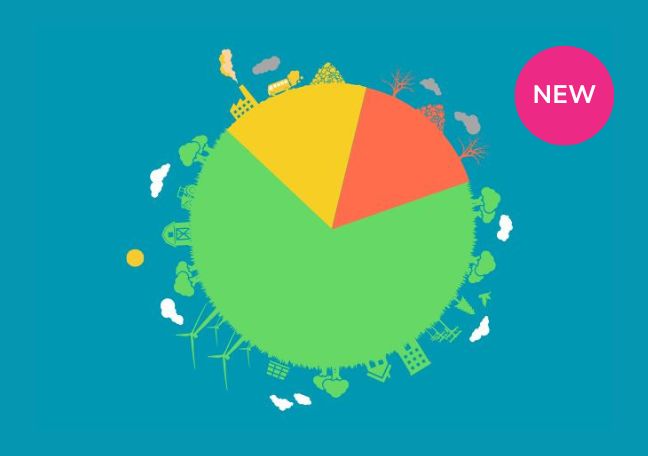
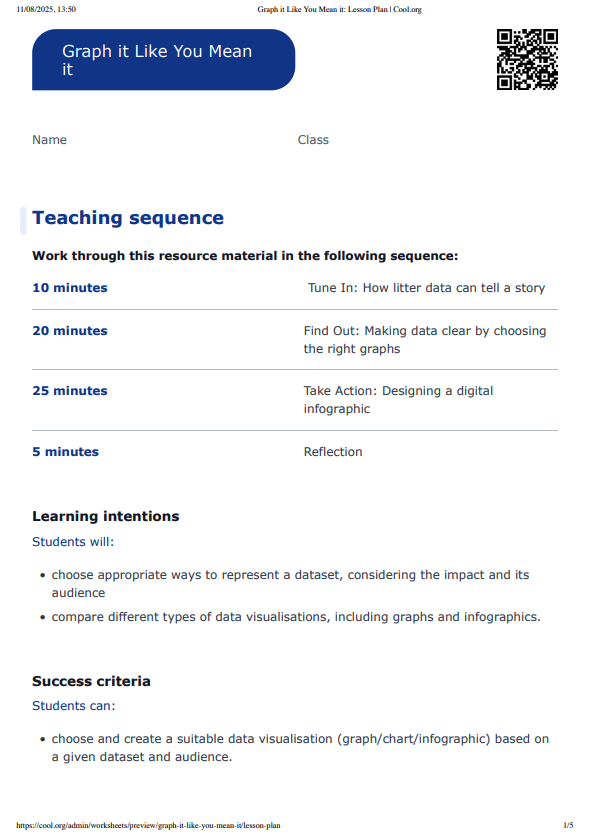
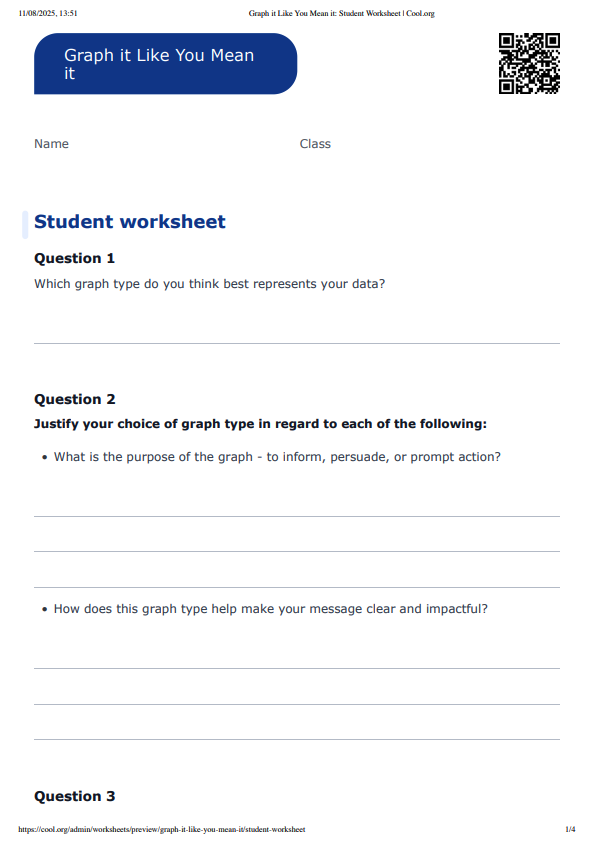
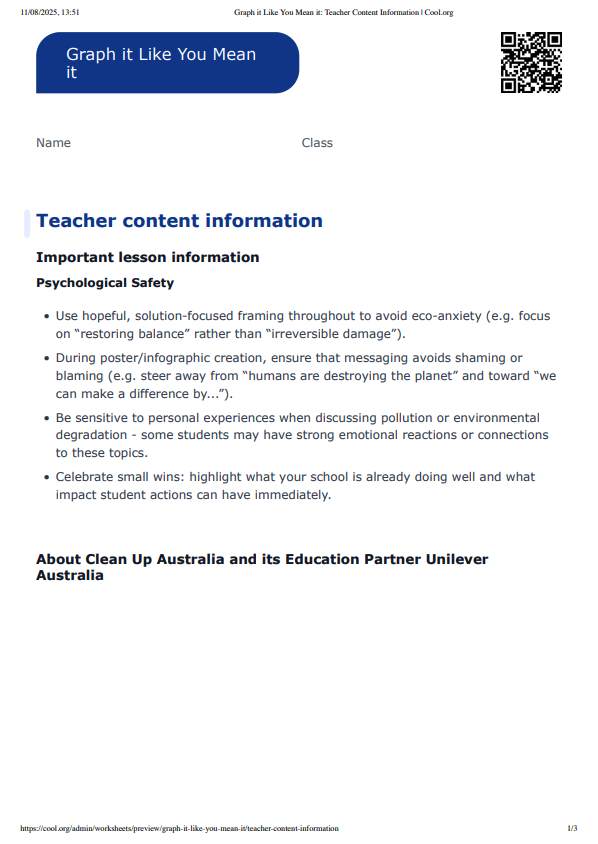

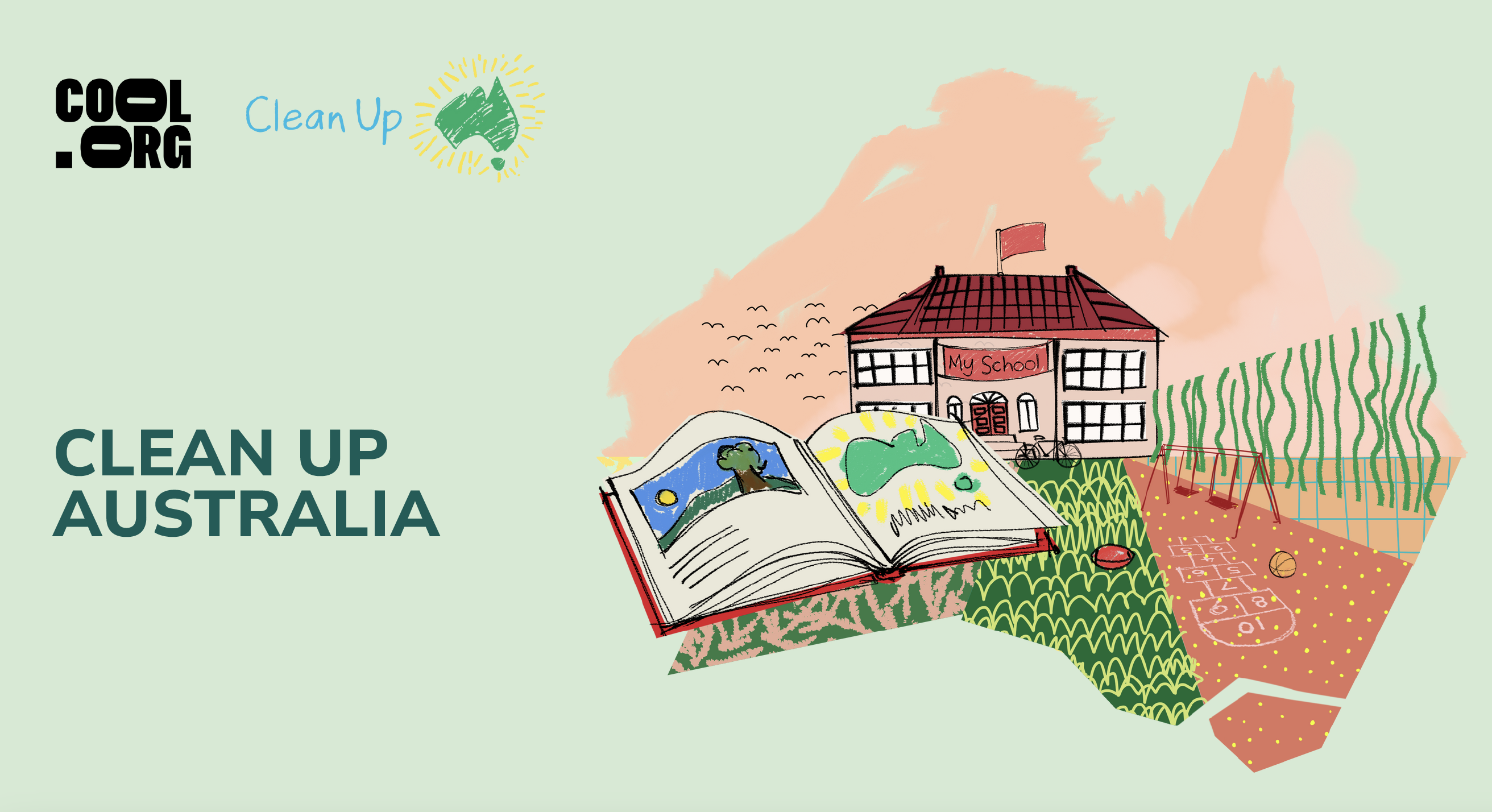
Welcome back!
Don't have an account yet?
Log in with:
Create your free Cool.org account.
Many of our resources are free, with an option to upgrade to Cool+ for premium content.
Already have an account?
Sign up with:
By signing up you accept Cool.org's Terms and Conditions(Opens in new tab) and Privacy Policy(Opens in new tab).